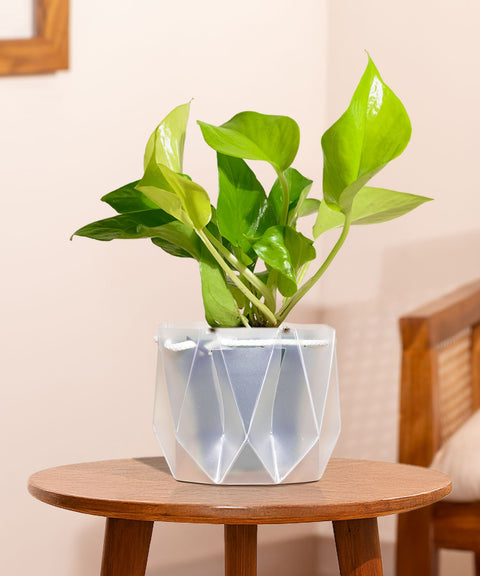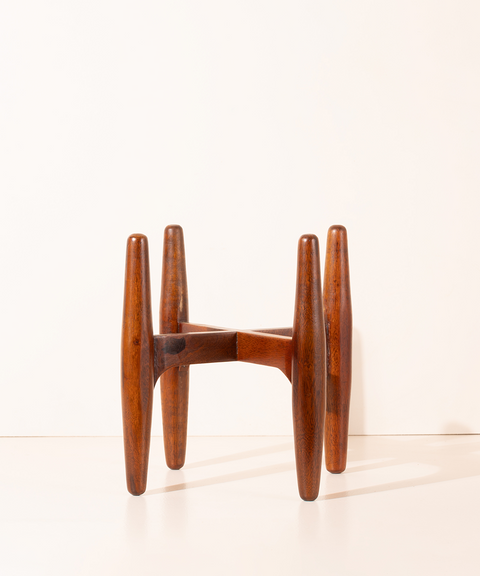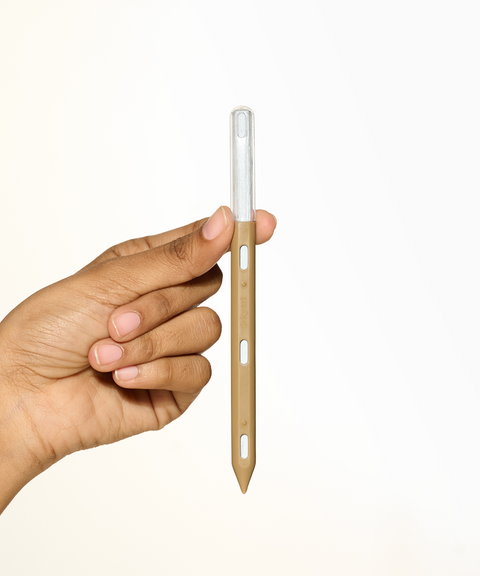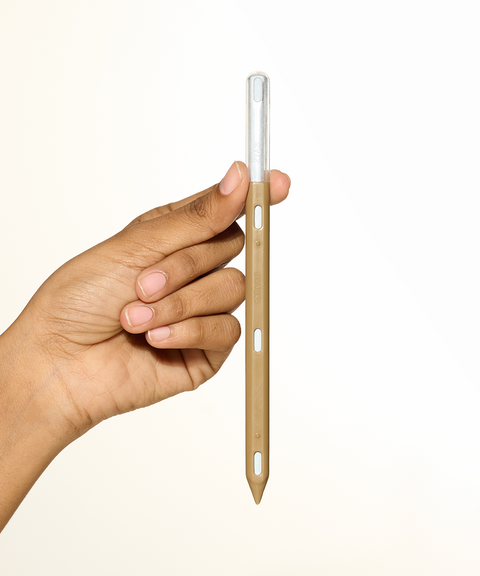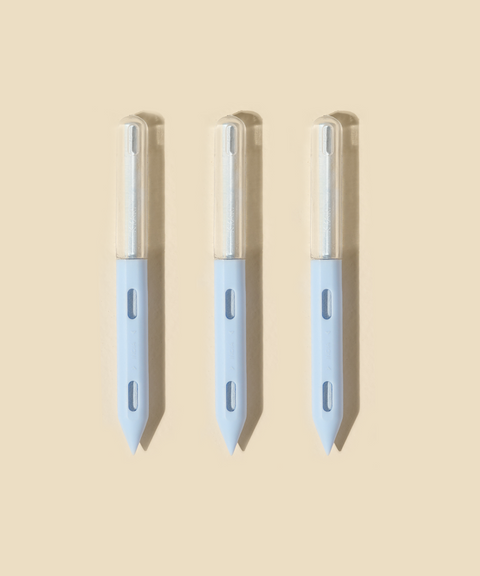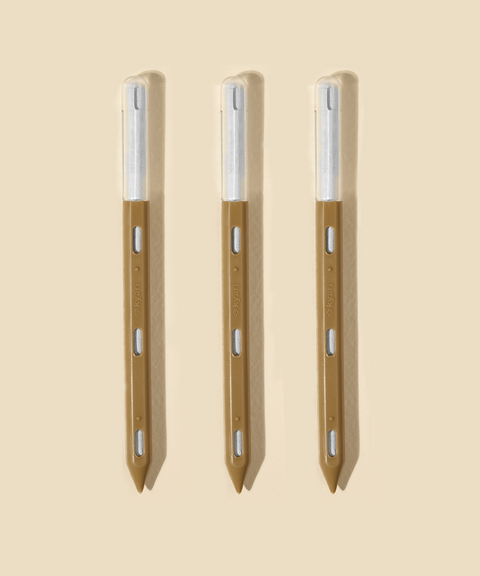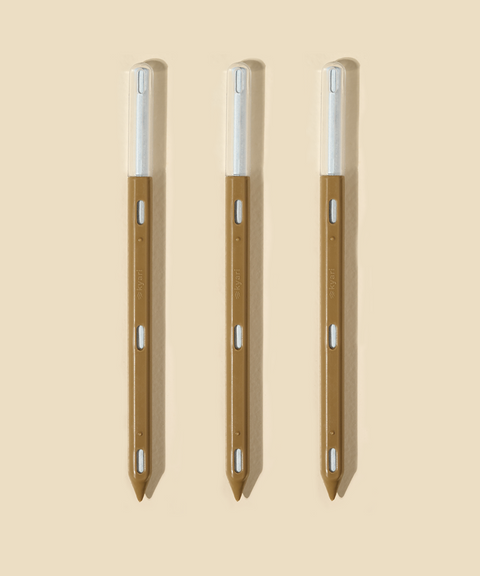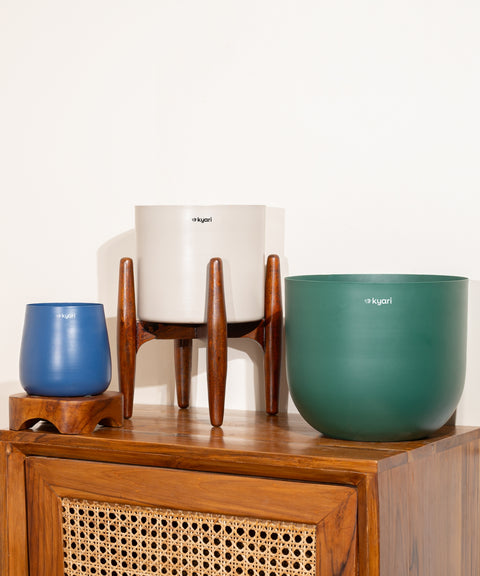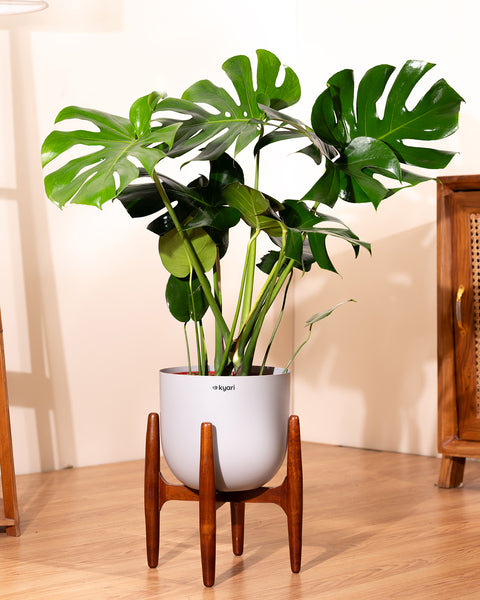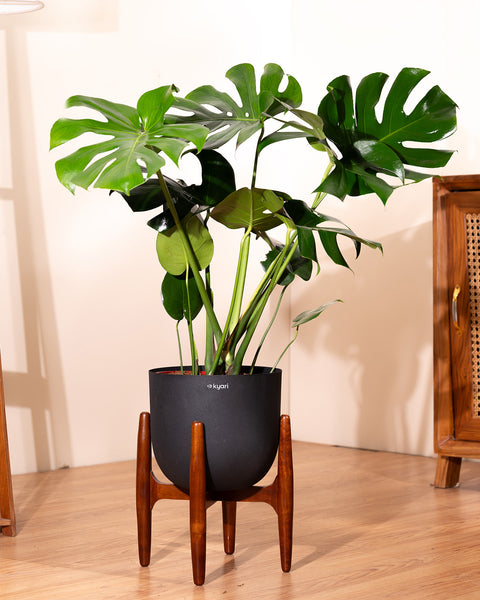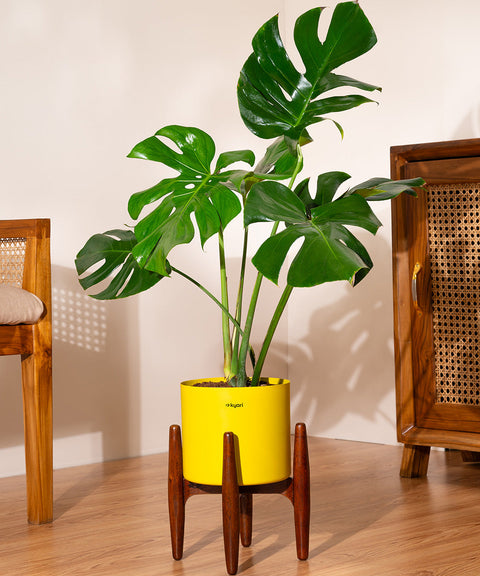Aglaonema (Aglaonema commutatum) is one of the most beautiful indoor plants native to Asia and this plant belongs to the Araceae family of plants you can find various houseplants from this family. Some of them include philodendrons and monsteras.
The indoor plant is known by various common names including the Chinese evergreen plant, Philippine evergreen, as well as poison dart plant. These plants feature large, glossy, dark green leaves and these specific leaves grow on short stems. According to the species, older plants produce flowers in seasons such as spring or summer. Check out some key benefits of Aglaonema.
It beautifies your home
The Chinese Evergreen is a genus of flowering plants and the plant belongs to the Arum family, and when it comes to decorating your home with indoor plants, then it's the perfect choice to make. Simply place the plant in any right corner and the plant is sure to instantly uplift the decor element of your home.
An excellent air purifier
The plant allows you to breathe fresh and clean air by removing unwanted pollutants from the air including formaldehyde and benzene. Make your home environment more and more refreshing and soothing with these plants.
Spreads positivity and positive energy
If you feel that any corner of your home is looking dull and boring, then Aglaonema can make it look more positive and full of energy.
Brings fortune and good luck
Want to achieve new heights of success? Or, do you want to enjoy some good luck? The Aglaonema plant is known to bring good luck, and the plant is the bringer of fortune. Check out these few tips to take care of your plant.
Well-draining potting soil can work well
You need to have the right, well-drained potting soil and it will do the trick. For an even higher drainage capacity, try mixing perlite into your soil before you plant it.

Sunlight requirements of the plant
The plant stays happy in bright indirect light, and the plant can tolerate low-light conditions, but the leaf variegation of the plant may fade if they’re in the shade for a very long time. For thriving aglaonema plants that feature vibrant, variegated leaves, it is advisable to place such plants in bright indirect light. If you want to avoid scorched or discolored leaves, don't keep them in direct sunlight.
Watering the plant
Allow the top inch of soil to dry out before you water the plant again. The leaves of the plant will start to wilt when the plant is thirsty. Also, you need to keep on watering the plant until water seeps out from the drainage hole of the plant, it is advisable to avoid overwatering the plant as this can cause root rot, and you can also see some yellow leaves.
Know about the temperature
Let the temperatures be moderate. these plants can grow really well between sixty and eighty degrees Fahrenheit and they need high levels of humidity similar to tropical environments. When kept in high humidity, these plants can flourish, and aglaonema houseplants tolerate all kinds of humidity levels.
When to re-pot the plant?
Occasional repotting can work really well for this specific plant. If your aglaonema plant is drooping it is a sign that it has become root-bound, regardless of how much you water the plant. Choose a new planter with a couple of inches wider than the current pot, once the growing season starts in the spring, give your plant a new home.

Propagating the plant:
Prune or use propagation methods if you want to maintain the size of your plant. Replanting stem cuttings if probably the best way for propagating these plants. All you need is to take your mother plant and cut off a stem that is a few inches long. Place the cut stem into a container of water.
Once a few weeks have passed, the cutting should begin to root in the water. Once you see the new roots reaching three inches long, give your plant a new home.








 Limited Time Deal
Limited Time Deal
 BYOB - Small Plants
BYOB - Small Plants





























